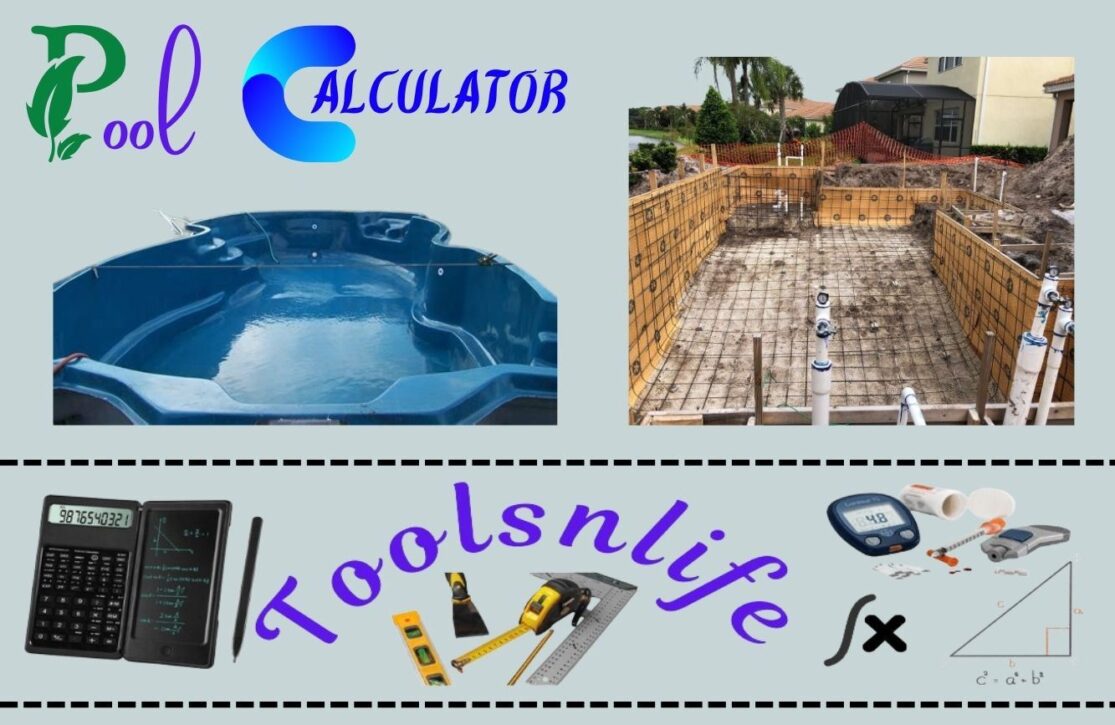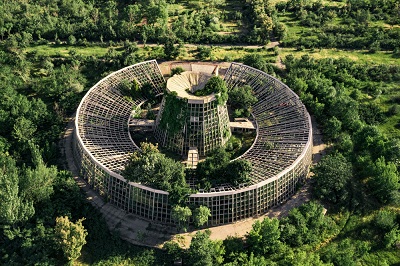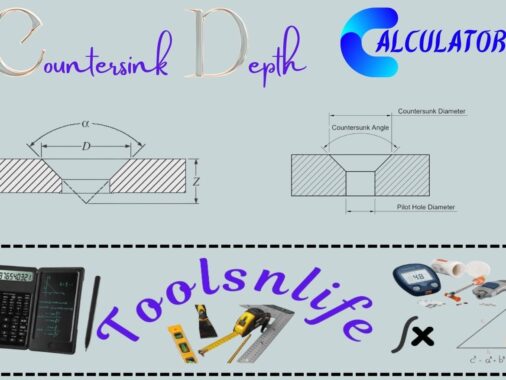Knowing your pool’s exact volume isn’t just a number—it’s the key to a clean, safe, and cost-effective swimming experience. As a pool maintenance expert with over 15 years in the field, I can tell you that accurately calculating gallons or liters is the first and most crucial step in proper pool care. This definitive guide, featuring our advanced Pool Calculator, will empower you to master your pool’s metrics, from chemical dosing to budgeting for your water bill.
Why Your Pool’s Volume is a Non-Negotiable Metric
Before we dive into the calculations, let’s establish why this is so important. An inaccurate volume estimate is the most common mistake I see homeowners make, and it leads to a cascade of problems:
- Chemical Imbalance: Too much chlorine causes skin and eye irritation, while too little allows bacteria and algae to thrive.
- Financial Waste: You’re literally pouring money down the drain by overusing expensive chemicals and water.
- Equipment Strain: An incorrectly sized pump or filter will be inefficient and wear out prematurely.
How to Use Our Expert Pool Calculator
Our tool above is designed for precision and ease of use. Here’s a step-by-step guide to get the most accurate results:
- Select Your Pool Shape: Start by choosing either ‘Rectangle’ or ‘Oval’ from the dropdown.
- Input Your Dimensions (Accurately!): Click the ‘Dimensions’ section to expand it. Enter the Length, Width, and two Depth measurements. Pro Tip: For pools with a sloping bottom (like a classic hopper design), ‘Depth 1’ is the shallow end and ‘Depth 2’ is the deep end. The calculator automatically computes the average depth.
- Choose Your Units: Ensure all your measurement units (e.g., feet, meters) are consistent for a correct calculation.
- Get Your Volume: Your pool’s volume will automatically calculate and display in the ‘Volume’ section. You can change the volume unit to gallons, liters, or cubic meters.
- Calculate Water Cost (Optional): Expand the ‘Water cost’ section, enter your local water price per unit, and see the total cost to fill your pool—a fantastic feature for budgeting a new pool or a refill.
Pro Tips for Measuring Your Pool Like an Expert
Garbage in, garbage out. The calculator is only as good as your measurements. Here’s how to get them right:
- Use a Tape Measure: For rectangular pools, measure the length and width at the longest and widest points. For oval pools, measure the longest length and the widest width.
- Measuring Depth: Measure the water depth, not the height of the pool wall. Use a pole with a mark or a weighted line. Take the depth measurement at both ends for the most accurate average.
- Account for Irregularities: If your pool has a unique shape (e.g., a Roman End or a Grecian corner), break it down into smaller rectangular or circular sections, calculate each volume separately, and add them together.
Beyond the Calculator: Understanding the Formulas
While our calculator does the heavy lifting, understanding the math builds expertise and helps you troubleshoot. The formulas used are industry-standard.
For a Rectangular Pool:
The formula is: Volume = Length × Width × Average Depth
If your pool has a shallow and a deep end, you calculate the average depth first: Average Depth = (Depth 1 + Depth 2) / 2.
For an Oval Pool:
An oval pool is essentially a cylinder. The formula is: Volume = π × (Length / 2) × (Width / 2) × Average Depth
Here, (Length/2) and (Width/2) represent the two radii of the oval. π (Pi) is approximately 3.14159.
Frequently Asked Questions (FAQs)
How often should I recalculate my pool volume?
You only need to calculate it once unless you significantly remodel the pool’s shape or size. However, you should re-check your calculations if you consistently have trouble balancing chemicals.
What’s the most common pool volume?
In the US, an average residential in-ground pool holds between 18,000 and 20,000 gallons. Above-ground pools typically range from 5,000 to 15,000 gallons.
My pool has a built-in spa. How do I account for that?
Calculate the volume of the main pool and the spa separately, then add them together. Treat the spa as a separate rectangular or circular vessel.
Take Control of Your Pool Care Today
You are now equipped with one of the most critical pieces of knowledge for pool ownership. No more guessing, no more wasted chemicals, no more murky water. Use our precise Pool Calculator to get your numbers, save the results, and step into a new era of confident, expert-level pool maintenance.
Ready for a perfectly balanced pool? Use the calculator above, and don’t forget to share your results or print them for your records!






